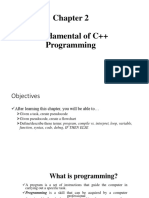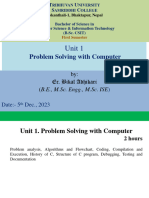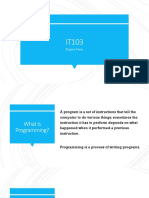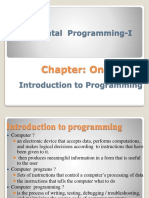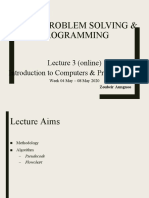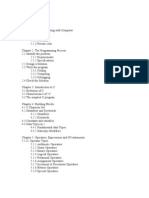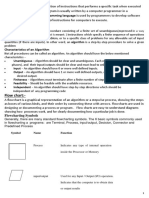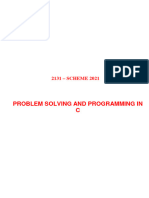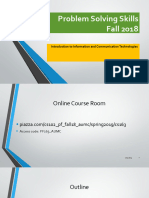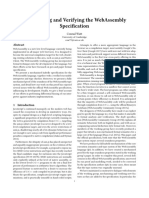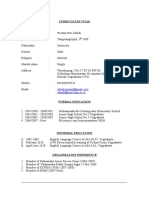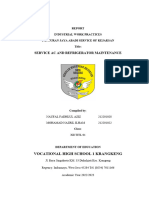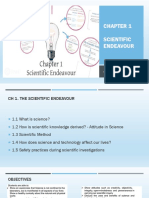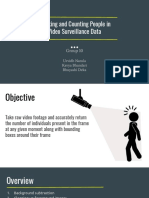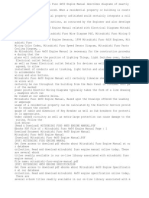0% found this document useful (0 votes)
11 views22 pagesChapter 05 Flowcharts and Algorithm Updated
Chapter 3 of the Information Technology Fundamentals course focuses on programming fundamentals, including planning solutions, communication with computers, and organizing problems using flowcharts and pseudocode. It covers control structures, documentation, testing, coding, and the compilation and execution of programs. The chapter also includes examples of flowcharts and algorithms for various tasks.
Uploaded by
nama65145Copyright
© © All Rights Reserved
We take content rights seriously. If you suspect this is your content, claim it here.
Available Formats
Download as PPT, PDF, TXT or read online on Scribd
0% found this document useful (0 votes)
11 views22 pagesChapter 05 Flowcharts and Algorithm Updated
Chapter 3 of the Information Technology Fundamentals course focuses on programming fundamentals, including planning solutions, communication with computers, and organizing problems using flowcharts and pseudocode. It covers control structures, documentation, testing, coding, and the compilation and execution of programs. The chapter also includes examples of flowcharts and algorithms for various tasks.
Uploaded by
nama65145Copyright
© © All Rights Reserved
We take content rights seriously. If you suspect this is your content, claim it here.
Available Formats
Download as PPT, PDF, TXT or read online on Scribd
/ 22


